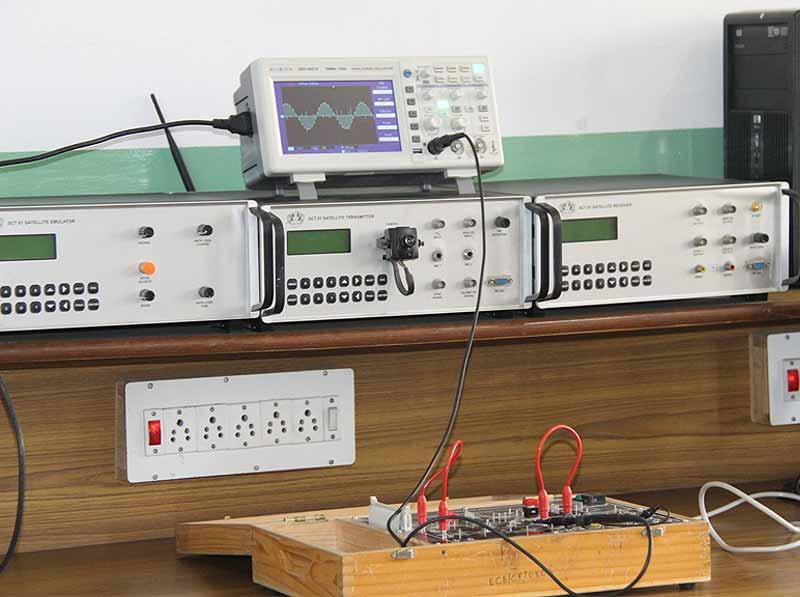1. a. State sampling theorem. What is Nyquist rate of sampling?
b. What is pulse amplitude modulation
c. What is meant by flat top sampling? Why is it more preferred than natural sampling?
d. Explain the demodulation of PAM signal using a hold circuit
e. What is the bandwidth required for transmission of PAM signal?
a. The sampling theorem state that
A band limited signal of finite energy, which has no frequency components higher than fm Hz, may be completely recovered from the knowledge of its samples taken at the rate of 2fm samples per second. According to the sampling theorem, we have the mathematical expression given below
fs≥2fm
Where fs is the sampling frequency or sapling rate and fm is the maximum signaling frequency.
When the sampling rate becomes exactly equal to 2fm samples per second, then it is called Nyquest rate. Nyquest rate is also called the minimum sampling rate. It is given by
fs=2fm
Similarly, maximum sampling interval is called Nyquist interval. It is given by
Ts=1/(2fm ) s
b. Pulse amplitude modulation may be defined as that type of modulation in which the amplitudes of regularly spaced rectangular pulses vary according to instantaneous value of the modulating or message signal. In fact, the pulses in a PAM signal may be of flat top type or natural type or ideal type. The bandwidth required for the transmission of a PAM signal is very large in comparison to the maximum frequency present in the modulating signal. The amplitude of the PAM signal varies, therefore, this also varies the peak power required by the transmitter with modulating signal. The amplitude of the PAM pulses varies in accordance with the modulating signal therefore the interference of noise is maximum in a PAM signal. This noise cannot be removed easily.
c. Flat top sampling like natural sampling is also a practically possible sampling method. But natural sampling is little complex where as it is quite easy to get flat top samples. In flat – top sampling or rectangular pulse sampling, the top of the samples remain constant and is equal to the instantaneous value of the baseband signal x(t) at the start of sampling. The duration or width of each of sample is τ and sampling rate is equal to fs=1/Ts . The message signal easily recovered from the modulated signal by the low pass filter.
d. The demodulation is the reverse process of modulation in which the demodulating signal is recovered back from a modulated signal. For pulse amplitude modulated (PAM) signals, the demodulation is done using Holding circuit as shown in Fig. 7.

Fig. 7
 Samp.png)
Fig. 7(a)
 Samp.png)
 Samp1.png)
Fig. 7(b) Fig. 7(c)
Fig. 7(a), Fig. 7(b) and Fig. 7(c) are the Zero order holding circuit, Output of the holding circuit and Output of the LPF
e. In this method, the received PAM signal is allowed to pass through a holding circuit and a low pass filter as shown in Fig. 7. Now, Fig. 7(a) illustrates a very simple holding circuit. Here the switch S is closed after the arrival of the pulse and it is opened at the end of the pulse. In this way, the capacitor C is charged to the pulse amplitude value and it holds this value during the interval between the two pulses. Hence, the sampled values are held as shown in Fig. 7(b). After this the holding circuit output is smoothen in low pass filter as shown in Fig. 7(c). It may be observed that some kind of distortion is introduced due the holding circuit. In fact the circuit of Fig. 7(b) is known as the zero order holding circuit. This zero order holding circuit considered only the previous sample to decide the value between the pulses. If the second order holding circuit is used then previous three samples is consider. With the increases of the order of holding circuit, the distortion decreases at the cost of the circuit complexity.
Explain FM stereo \(\frac{T_x}{R_x}\) system with block schematic diagrams.

Write short notes on

What do you mean by thermal and white noise?